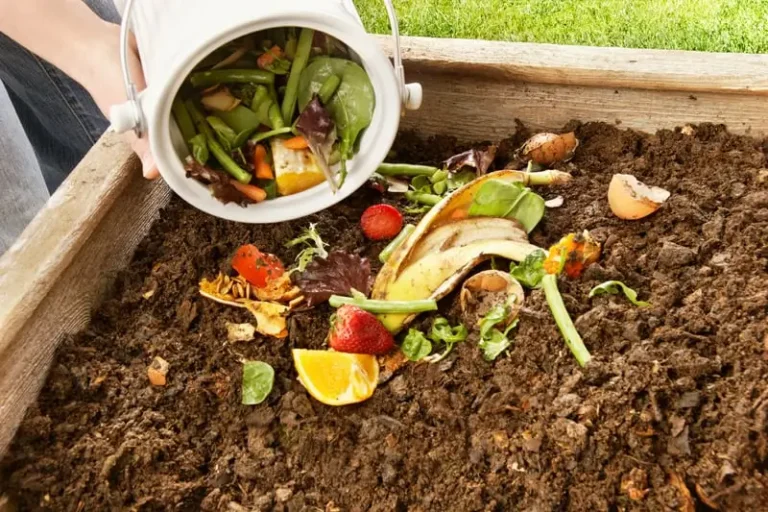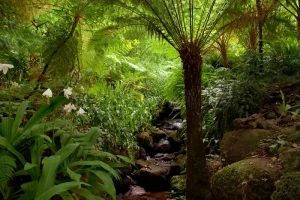Origination
An ancient practice with origins from the Far East, particularly the present-day country of Japan or Korea, bokashi composting is a recycling process that breaks down kitchen waste, such as meat, dairy, or oily foods, into organic fertilizer that can be used to moderate soil. Bokashi, meaning “fermented organic matter” in Japanese, is a fermentation process that uses the Bokashi method to process organic waste quickly.
Reintroduction in the Modern Era
The modern-day Bokashi composting system was developed in the 1980s by a Japanese agricultural scientist, Dr. Teruo Higa. He invented EM (a mix of helpful bacteria, yeasts, and fungi, essential for the Bokashi process). His research emphasized how these tiny critters can speed up the decomposition of organic matter while simultaneously boosting soil health.
Bokashi relies on an anaerobic fermentation process to decompose organic waste. The odor-free process makes it excellent for urban and indoor environments. It also produces less greenhouse gas than conventional composting. The fermented material can be directly cast on the ground, contributing the highest nutrients to the soil and vigorously accelerating the number of microorganisms.
Bokashi Composting Process – The Main Steps
The process is quite simple: kitchen scraps, including meat and dairy, are layered with the EM-treated bran and placed into a special airtight container. The container is kept sealed to provide an oxygen-free environment so that instead of decomposing, the microorganisms can ferment the waste. In 1-2 weeks, the scraps become a nutrient-dense, soil-amiable pre-compost material.
Bokashi composting is quite a simple process. For convenience, the main steps are compiled here.
Bokashi Bin
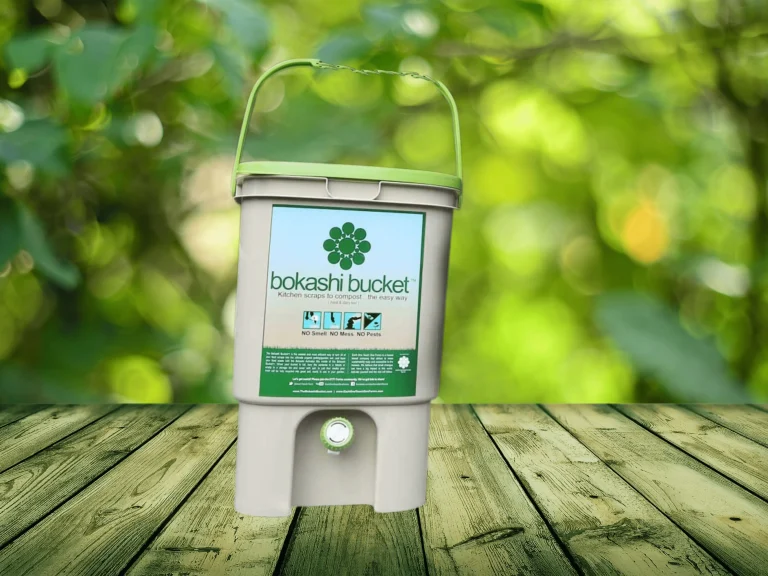
A properly designed airtight Bokashi bin contains three components: a spigot for draining off liquid, Bokashi bran inoculated with Effective Microorganisms, and your kitchen waste.
Gather Organic Kitchen Waste
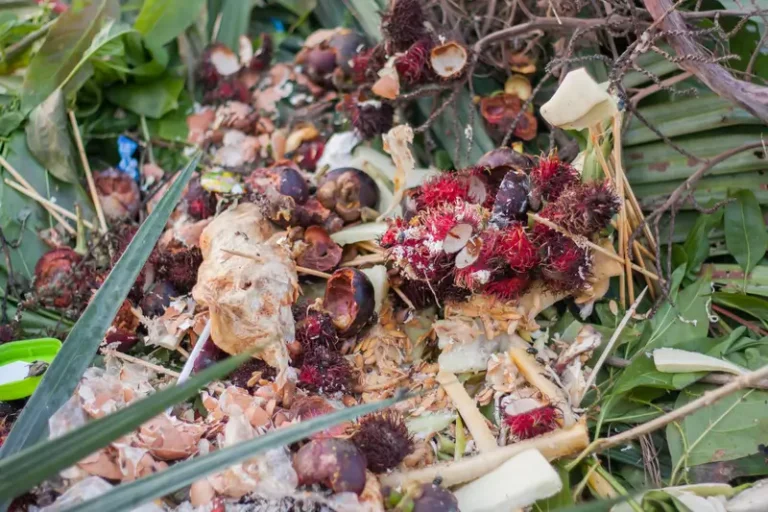
Cut or chop food scraps into small pieces to speed up the fermentation process. Most kitchen waste, such as fruit, vegetables, meat, dairy, coffee grounds, and cooked leftovers, can be used with Bokashi composting. However, liquids, large bones, and greasy food should not be used.
Layer Waste and Bokashi Bran
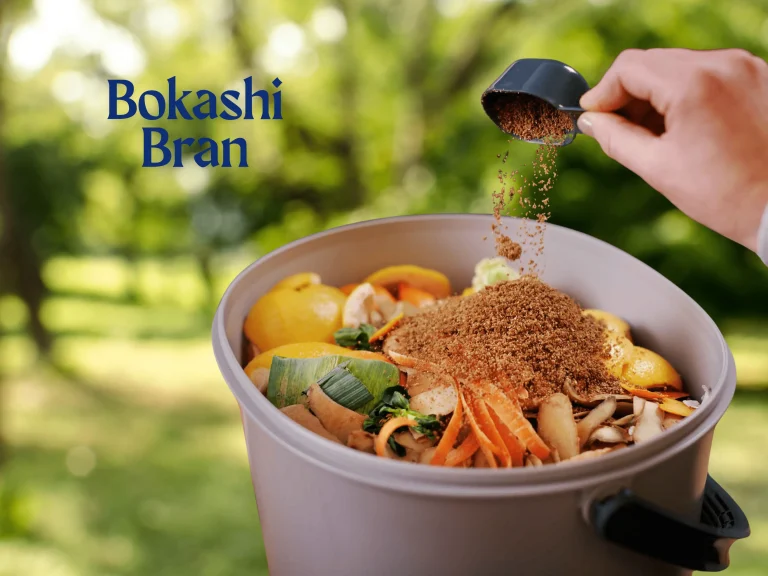
Fill the bottom of the bin with food waste and sprinkle a handful of Bokashi bran evenly over it. Keep adding food scraps and bran, covering each layer completely with bran to allow it to ferment and prevent odors from developing.
Seal the Bin
Compress the contents to eliminate air pockets, then close the bin snugly. This keeps the bin airtight, which is necessary to maintain the ideal anaerobic environment for fermentation.
Drain Liquid Regularly
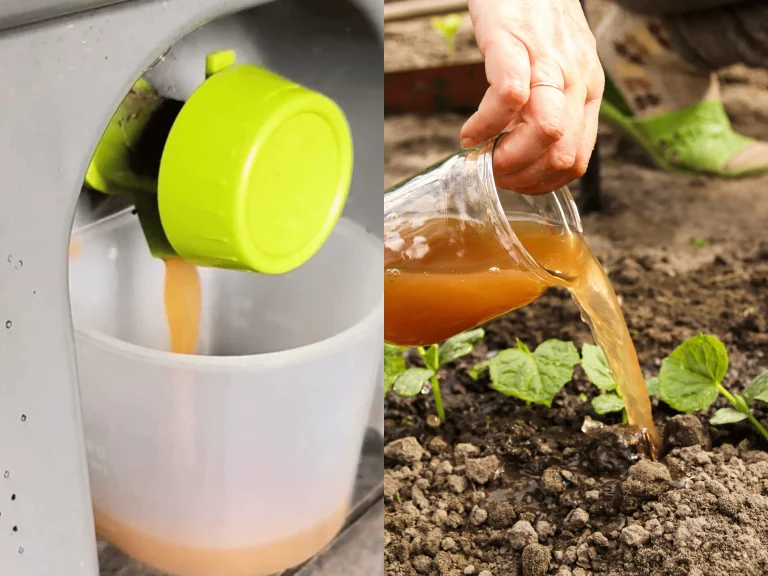
Every couple of days, drain the “Bokashi tea,” a nutrient-rich liquid, from the spigot. Dilute with water and fertilize the plants with it.
Allow Fermentation
When the bin is full, leave it to ferment for 1-2 weeks. The right place to keep it sealed and store it in a cool and dry place during this period.
Using the Fermented Material
After fermentation, the waste will have a pickled smell. It can be buried directly in the garden soil or in a compost pile, adding nutrients and microorganisms to the soil.
Repeat the process and continue making better, sustainable, eco-friendly waste.
Advantages of Bokashi Composting
Now that we know the Bokashi composting process, let’s examine its associated benefits. It is an eco-friendly and efficient method of waste management.
Accepts a Wide Range of Waste
Contrary to traditional composting, the Bokashi method composts every kind of kitchen waste, be it meat, dairy, or even leftover cooked food. Thus, it minimizes the waste sent to landfills and enables a more sustainable method of recycling waste.
Compact and Space-Saving
Bokashi composting even takes up little space, making it suitable for urban areas. These airtight bins are small enough to fit indoors, making them great for apartments or smaller areas without access to outdoor compost piles.
No Bad Smells
Anaerobic fermentation does not lead to bad smells, and Bokashi bins can be placed indoors. What does come out–the fermented waste–smells pickled instead of decaying food.
Quicker Waste Management
This is much quicker than traditional composting. Their “pre-compost” is ready in 1-2 weeks and can be mixed with the soil for further decomposition. It also cuts down on time and speeds up the reintroduction of nutrients into the ecosystem.
Delivers High-Quality Fertilizer
The liquid waste matter, commonly referred to as “Bokashi tea,” is a great natural fertilizer. It can be thinned and used to feed plants.
Improves Soil Health
The fermented Bokashi waste is rich in nutrients and beneficial microorganisms. These improve soil structure and fertility and increase microbial activity, resulting in healthier plants that deliver better harvests.
Things to Consider for Successful Bokashi Composting
The Bokashi Composting process is very easy, as we described, but there are specific things that need to be considered if you want to get the most out of it.
Use the Right Bin
The bin you are using must also be firmly airtight, as an anaerobic environment is critical for the fermentation process to occur.
Use Bokashi Bran in Right Quantity
Add enough Bokashi bran to each layer of waste to thoroughly cover it. Too little will slow fermentation and lead to odor.
Cut Waste into Smaller Chunks
Little bits ferment quicker and more evenly, which makes for better results.
Avoid Excess Liquids
Skip adding liquids like soups or sauces since they create too much moisture and derail the fermentation.
Drain Liquid from the Bokashi Bucket Often
“Squeeze” (or drain) “Bokashi tea” regularly to prevent excess moisture build-up causing spoilage.
Seal the Lid Tightly
Seal the bin at all times, creating an oxygen-free condition.
Avoid Hard-Compostable
These are organic materials that are hard to decompose—avoid plastics, large bones, and heavily oily waste that don’t degrade properly.
Bokashi Compost could be one of the solutions to the huge wasted food volume in the USA, approximately 60 million tons of wasted food costing around $200 billion every year. On the other hand, with a current value of more than $150 million a year, the market of organic fertilizers is growing in the USA. With the regular practice of Bokashi composting, not only can the wasted food be utilized, but the cost of making organic fertilizers can also be minimized. Ultimately, this will significantly reduce the wastage burden on the environment and economy.

